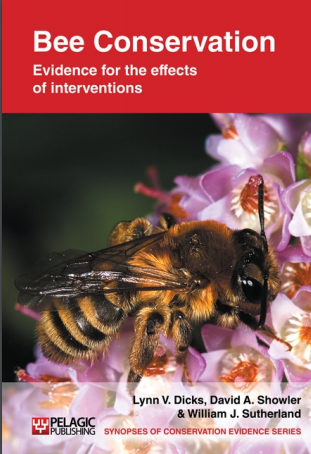Reduce tillage
-
Overall effectiveness category Awaiting assessment
-
Number of studies: 1
View assessment score
Hide assessment score
How is the evidence assessed?
-
Effectiveness
not assessed -
Certainty
not assessed -
Harms
not assessed
Study locations
Supporting evidence from individual studies
Two replicated trials have compared the effects of tillage on the abundance of squash bee and other bees visiting squash Cucurbita spp. flowers in the United States. Both studies used 20 or more farms, in the same area (Virginia or Maryland, USA). Shuler et al. (2005) found that there were three times more squash bees on no-till farms as on tilled farms, although there was no difference in the numbers of bumblebees Bombus spp. or honey bees Apis mellifera. By contrast, Julier & Roulston (2009) found no difference in the numbers of squash bees or other bees between farms that had tilled after the previous year's pumpkin crop and those that had not. Julier & Roulston's study only included farms growing pumpkins, which are relatively late flowering compared to other cultivated squash plants. Early emerging squash bees may have been missed by this study because they had to travel elsewhere to forage and nest.
Additional reference
Julier H.E. & Roulston T.H. (2009). Wild bee abundance and pollination service in cultivated pumpkins: farm management, nesting behaviour and landscape effects. Journal of Economic Entomology, 102, 563â€573
Study and other actions tested
Where has this evidence come from?
List of journals searched by synopsis
All the journals searched for all synopses
This Action forms part of the Action Synopsis:
Bee Conservation
Bee Conservation - Published 2010
Bee Synopsis





)_2023.JPG)














